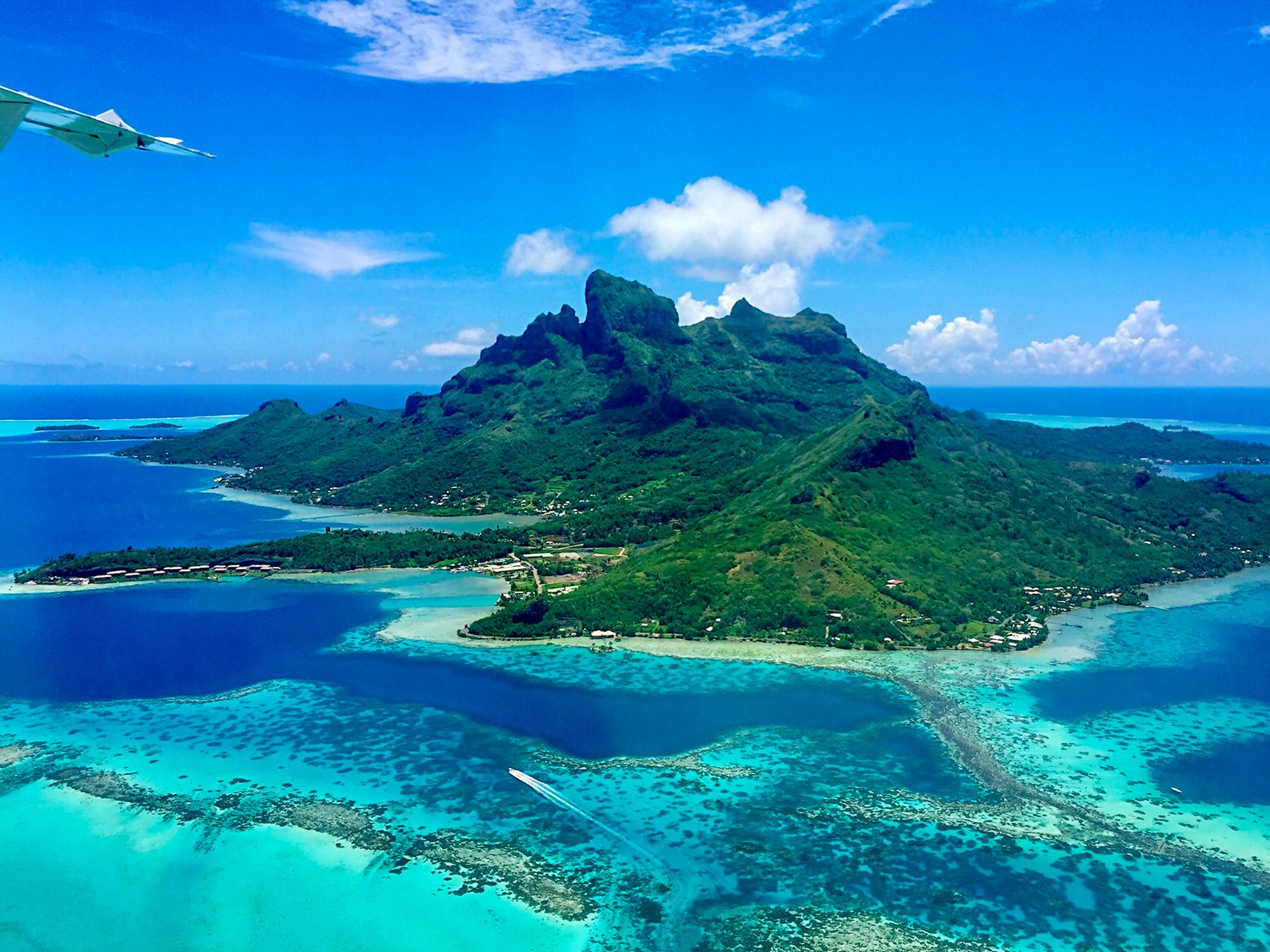Stamp: Arums at Piton de l'eau (France 2024)
Arums at Piton de l'eau (France 2024)
24 May (France ) within release Collector : Reunion is not going to sink goes into circulation Stamp Arums at Piton de l'eau face value Lettre No Face Value
| Stamp Arums at Piton de l'eau in catalogues | |
|---|---|
| Colnect codes: | Col: FR-COLL 2024-14/8 |
Stamp is square format.
Title in Creole - La Renyon nout fonnkerAlso in the issue Collector : Reunion is not going to sink:
- Stamp - Arums at Piton de l'eau face value Lettre;
- Stamp - Black Rock Beach, Saint Gilles face value Lettre;
- Stamp - Cardinal face value Lettre;
- Stamp - Epemeral Waterfalls face value Lettre;
- Stamp - Mafate Mountain face value Lettre;
- Stamp - Paradise Arc, Saint Suzanne face value Lettre;
- Stamp - Piton de la Fournaise in eruption face value Lettre;
- Mini Sheet - Reunion is not going to sink face value 8*Lettre;
- Stamp - Sky view. la Possession face value Lettre;
Stamp Arums at Piton de l'eau it reflects the thematic directions:
A flower, sometimes known as a bloom or blossom, is the reproductive structure found in plants that are floral (plants of the division Magnoliophyta, also called angiosperms). The biological function of a flower is to effect reproduction, usually by providing a mechanism for the union of sperm with eggs. Flowers may facilitate outcrossing (fusion of sperm and eggs from different individuals in a population) or allow selfing (fusion of sperm and egg from the same flower). Some flowers produce diaspores without fertilization (parthenocarpy). Flowers contain sporangia and are the site where gametophytes develop. Many flowers have evolved to be attractive to animals, so as to cause them to be vectors for the transfer of pollen. After fertilization, the ovary of the flower develops into fruit containing seeds. In addition to facilitating the reproduction of flowering plants, flowers have long been admired and used by humans to beautify their environment, and also as objects of romance, ritual, religion, medicine and as a source of food.
An island or isle is a piece of land, distinct from a continent, completely surrounded by water. There are continental islands, which were formed by being split from a continent by plate tectonics, and oceanic islands, which have never been part of a continent. Oceanic islands can be formed from volcanic activity, grow into atolls from coral reefs, and form from sediment along shorelines, creating barrier islands. River islands can also form from sediment and debris in rivers. Artificial islands are those made by humans, including small rocky outcroppings built out of lagoons and large-scale land reclamation projects used for development.


